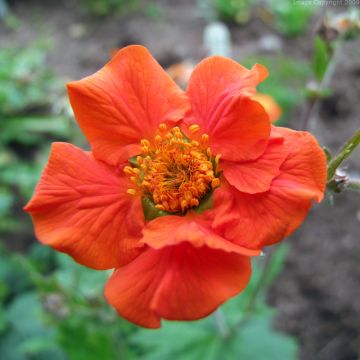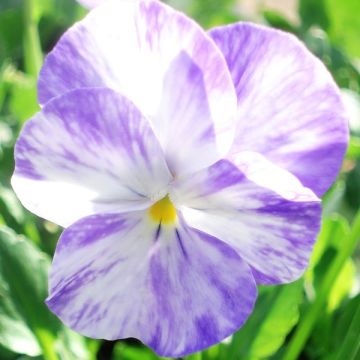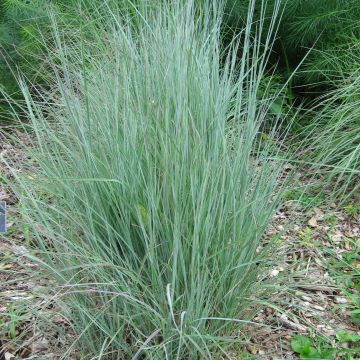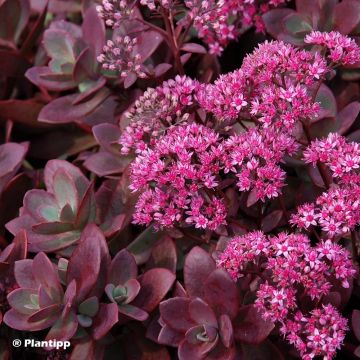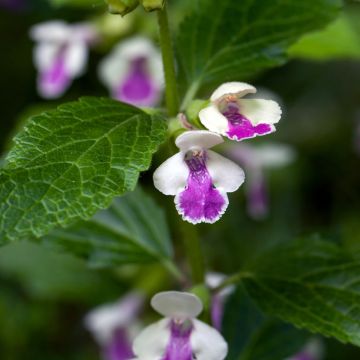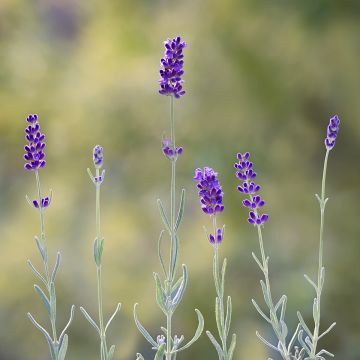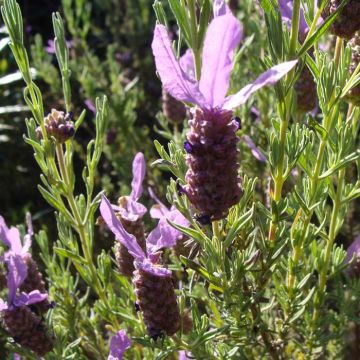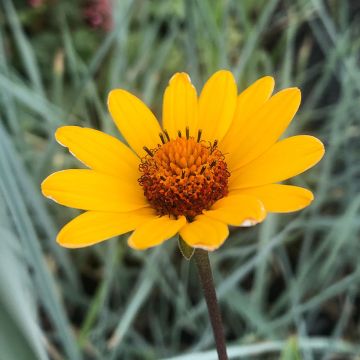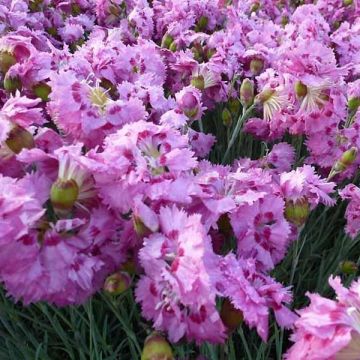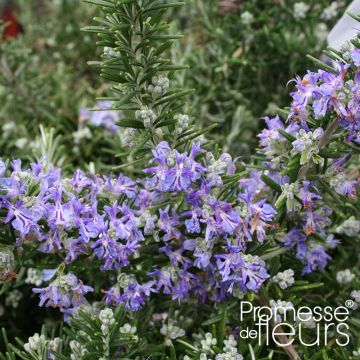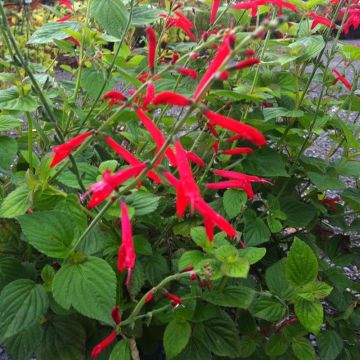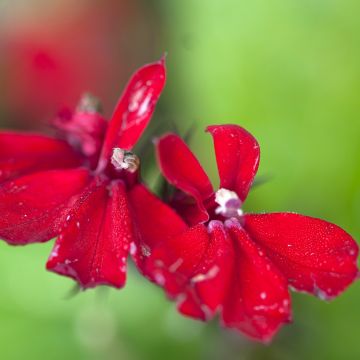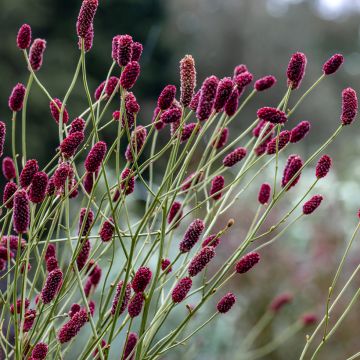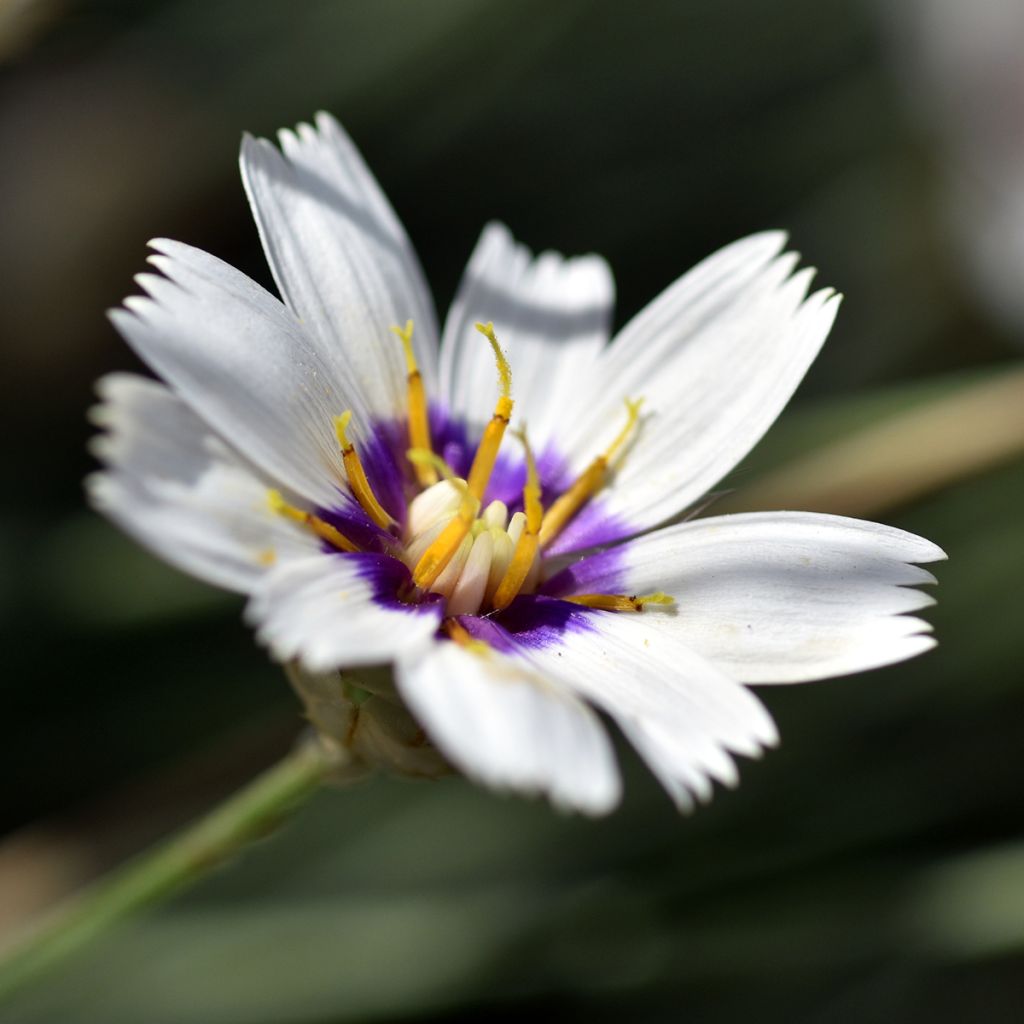

Catananche caerulea Alba
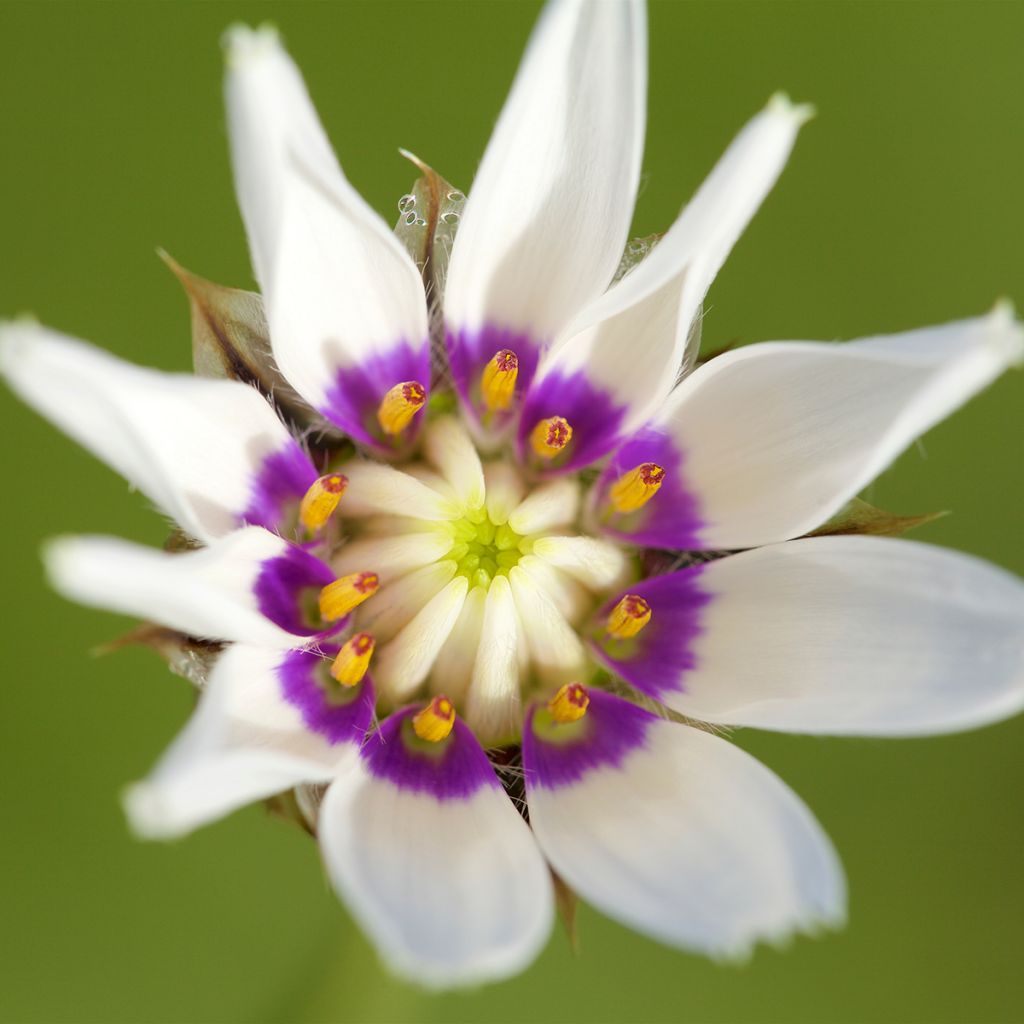

Catananche caerulea Alba
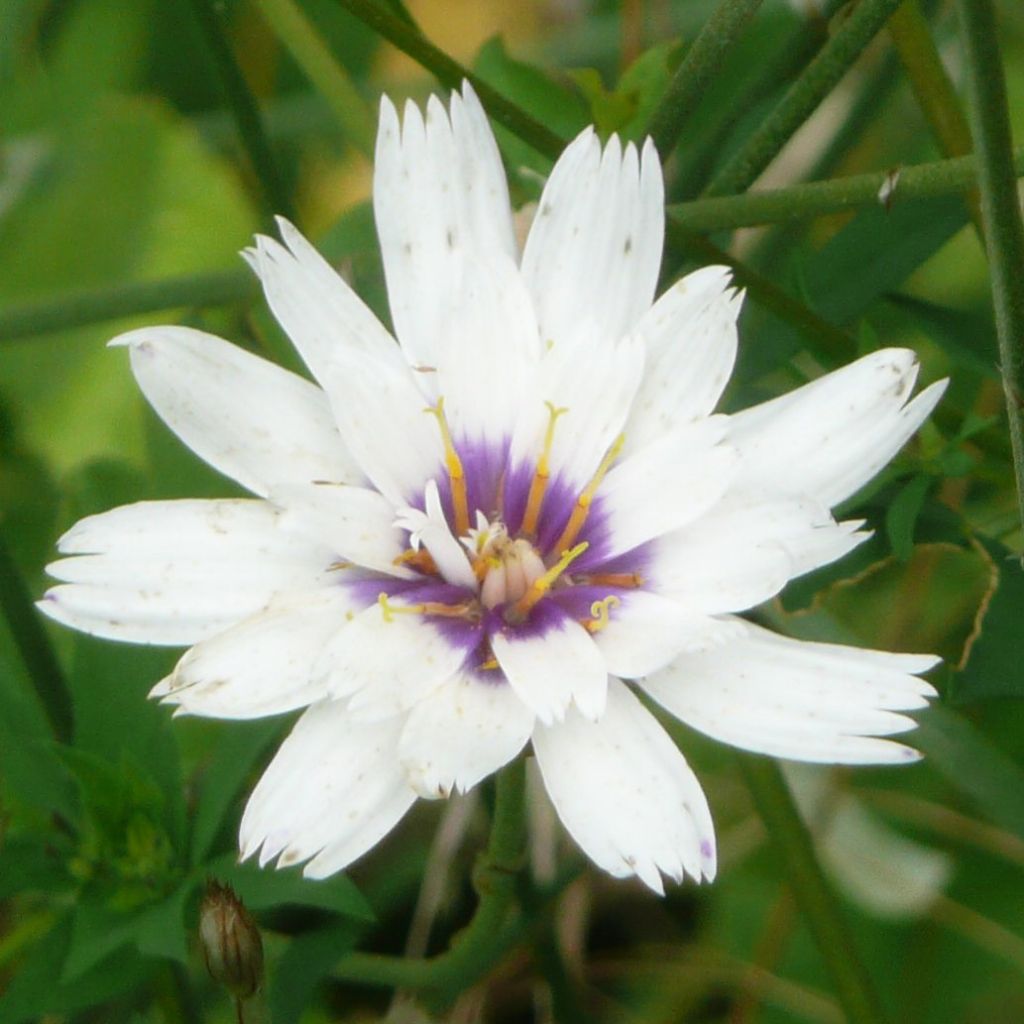

Catananche caerulea Alba
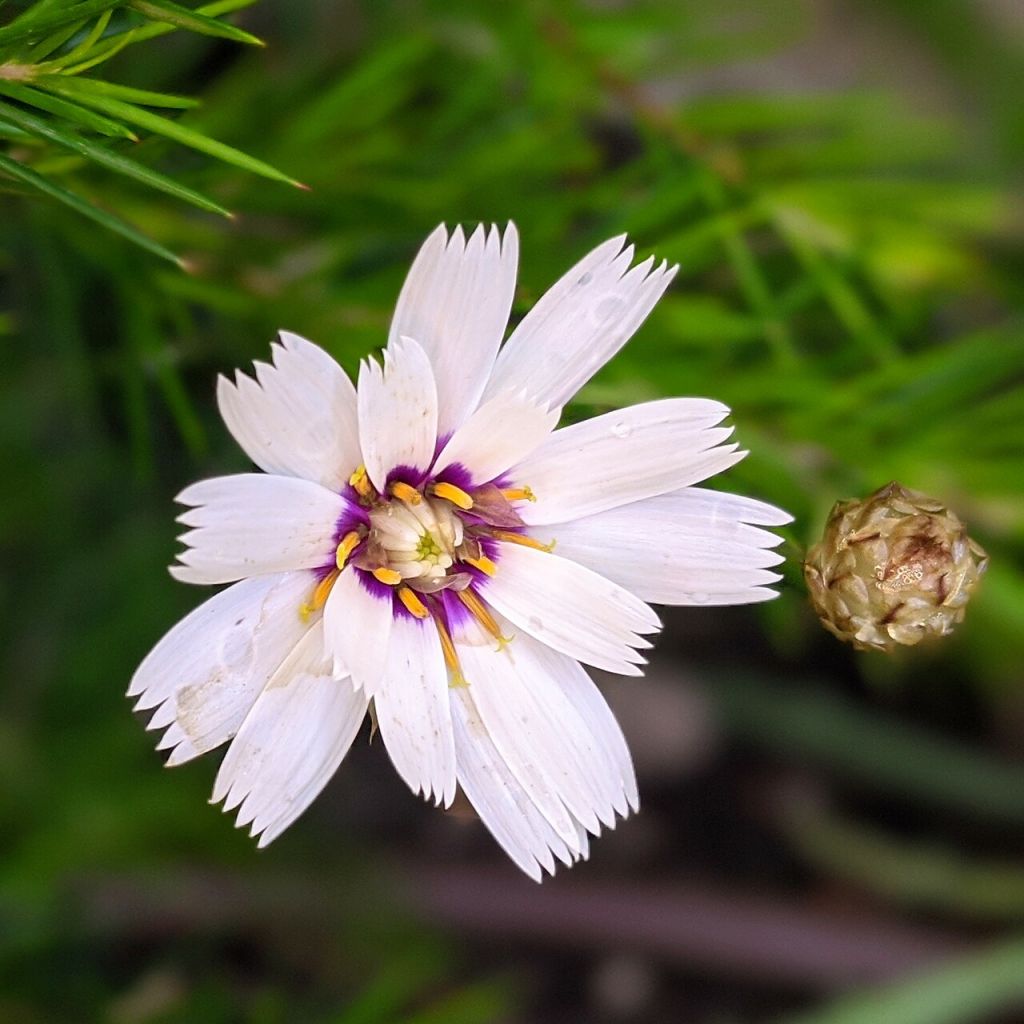

Catananche caerulea Alba
Catananche caerulea Alba
Catananche caerulea Alba
Cupid's Dart
This item cannot be shipped to the selected country
Delivery charge from €5.90
More information
Schedule delivery date,
and select date in basket
This plant carries a 12 months recovery warranty
More information
We guarantee the quality of our plants for a full growing cycle, and will replace at our expense any plant that fails to recover under normal climatic and planting conditions.
From €5.90 for pickup delivery and €6.90 for home delivery
Express home delivery from €8.90.
Does this plant fit my garden?
Set up your Plantfit profile →
Description
Catananche caerulea 'Alba', also known as Cupid's dart, is the white form of a perennial plant for dry soil more commonly found in its blue form. It is a sun-loving plant. It generously blooms throughout the summer with small, solitary white flower heads with a purple base and cream centre, carried on long, slender stems above dense, grey-green basal foliage. Its papery-textured flowers retain their beauty in dried bouquets. This plant, often condemned to die in humid conditions, abundantly self-seeds in light soil.
Catananche caerulea is a short-lived perennial plant belonging to the Asteraceae family, native to the Mediterranean region. It can be found in dry meadows and grasslands, scrublands, hills, and along pathways, in poor, rocky and limestone soils, up to an altitude of 1500 to 1700m (4921 to 5577ft). When in flower, it forms an upright clump, 55cm (22in) tall and 30cm (12in) in diameter. Its growth is rapid, but winter humidity often causes premature death. Its basal leaves are linear, narrow and evergreen, with a pretty grey-green and silky appearance. From June to August, depending on the climate, it produces small flowers, 3 to 3.5cm (1in) in diameter, with numerous slender petals arranged in a star around a darker centre. Its flowers have pointed tips. The flowering is abundant.
Cupid's dart is a solitary plant, but it is never as beautiful as when paired with a plant with grey foliage, such as artemisias or silver ragwort. It is a wandering perennial that loves the sun and tolerates drought very well, carefully choosing light soil where its spontaneous seedlings will emerge. It is perfectly suited for dry meadows, difficult embankments, rockeries, or borders. It can even be grown in pots.
This plant was once used for preparing love potions, which explains its common name Cupid's dart. It also pairs well with sedums and artemisias, or even with the blue alpine thistle.
Report an error about the product description
Catananche caerulea Alba in pictures
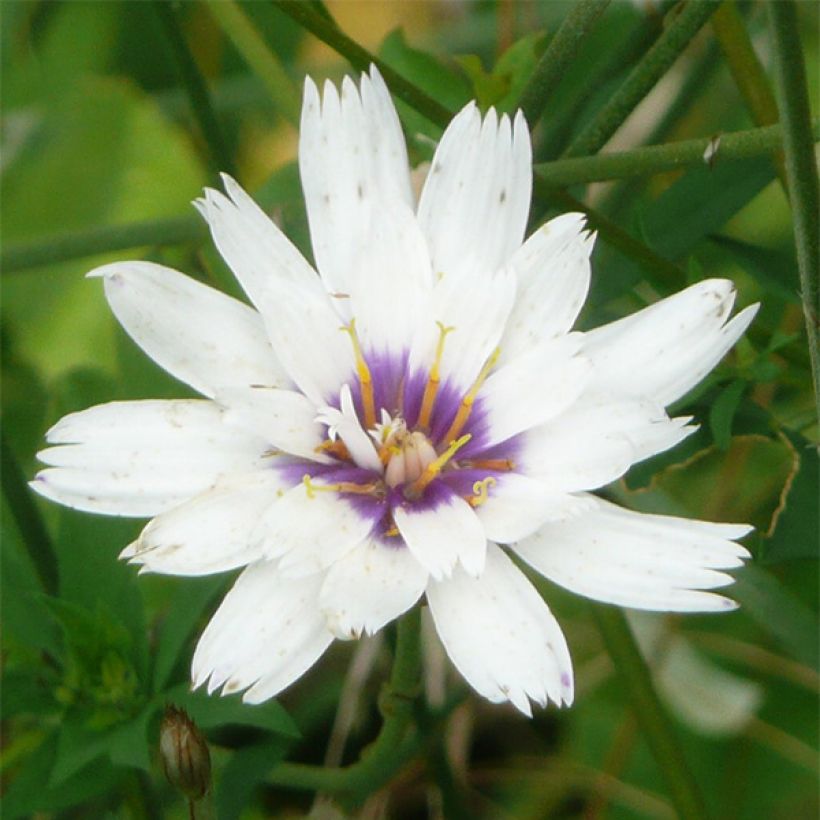

Flowering
Foliage
Plant habit
Botanical data
Catananche
caerulea
Alba
Asteraceae
Cupid's Dart
Mediterranean
Other Perennials A to Z
Planting and care
Catananche caerulea thrives in light, even stony or rocky, well-drained and preferably calcareous soil. It loves dryness, so water moderately. Plant it in perfectly drained soil, which is essential for it to withstand wet and cold winters. Shelter it from strong winds. If necessary, prune the withered floral stems. This plant may be susceptible to powdery mildew.
Planting period
Intended location
Care
-
, onOrder confirmed
Reply from on Promesse de fleurs
Summer flowering perennials
Haven't found what you were looking for?
Hardiness is the lowest winter temperature a plant can endure without suffering serious damage or even dying. However, hardiness is affected by location (a sheltered area, such as a patio), protection (winter cover) and soil type (hardiness is improved by well-drained soil).

Photo Sharing Terms & Conditions
In order to encourage gardeners to interact and share their experiences, Promesse de fleurs offers various media enabling content to be uploaded onto its Site - in particular via the ‘Photo sharing’ module.
The User agrees to refrain from:
- Posting any content that is illegal, prejudicial, insulting, racist, inciteful to hatred, revisionist, contrary to public decency, that infringes on privacy or on the privacy rights of third parties, in particular the publicity rights of persons and goods, intellectual property rights, or the right to privacy.
- Submitting content on behalf of a third party;
- Impersonate the identity of a third party and/or publish any personal information about a third party;
In general, the User undertakes to refrain from any unethical behaviour.
All Content (in particular text, comments, files, images, photos, videos, creative works, etc.), which may be subject to property or intellectual property rights, image or other private rights, shall remain the property of the User, subject to the limited rights granted by the terms of the licence granted by Promesse de fleurs as stated below. Users are at liberty to publish or not to publish such Content on the Site, notably via the ‘Photo Sharing’ facility, and accept that this Content shall be made public and freely accessible, notably on the Internet.
Users further acknowledge, undertake to have ,and guarantee that they hold all necessary rights and permissions to publish such material on the Site, in particular with regard to the legislation in force pertaining to any privacy, property, intellectual property, image, or contractual rights, or rights of any other nature. By publishing such Content on the Site, Users acknowledge accepting full liability as publishers of the Content within the meaning of the law, and grant Promesse de fleurs, free of charge, an inclusive, worldwide licence for the said Content for the entire duration of its publication, including all reproduction, representation, up/downloading, displaying, performing, transmission, and storage rights.
Users also grant permission for their name to be linked to the Content and accept that this link may not always be made available.
By engaging in posting material, Users consent to their Content becoming automatically accessible on the Internet, in particular on other sites and/or blogs and/or web pages of the Promesse de fleurs site, including in particular social pages and the Promesse de fleurs catalogue.
Users may secure the removal of entrusted content free of charge by issuing a simple request via our contact form.
The flowering period indicated on our website applies to countries and regions located in USDA zone 8 (France, the United Kingdom, Ireland, the Netherlands, etc.)
It will vary according to where you live:
- In zones 9 to 10 (Italy, Spain, Greece, etc.), flowering will occur about 2 to 4 weeks earlier.
- In zones 6 to 7 (Germany, Poland, Slovenia, and lower mountainous regions), flowering will be delayed by 2 to 3 weeks.
- In zone 5 (Central Europe, Scandinavia), blooming will be delayed by 3 to 5 weeks.
In temperate climates, pruning of spring-flowering shrubs (forsythia, spireas, etc.) should be done just after flowering.
Pruning of summer-flowering shrubs (Indian Lilac, Perovskia, etc.) can be done in winter or spring.
In cold regions as well as with frost-sensitive plants, avoid pruning too early when severe frosts may still occur.
The planting period indicated on our website applies to countries and regions located in USDA zone 8 (France, United Kingdom, Ireland, Netherlands).
It will vary according to where you live:
- In Mediterranean zones (Marseille, Madrid, Milan, etc.), autumn and winter are the best planting periods.
- In continental zones (Strasbourg, Munich, Vienna, etc.), delay planting by 2 to 3 weeks in spring and bring it forward by 2 to 4 weeks in autumn.
- In mountainous regions (the Alps, Pyrenees, Carpathians, etc.), it is best to plant in late spring (May-June) or late summer (August-September).
The harvesting period indicated on our website applies to countries and regions in USDA zone 8 (France, England, Ireland, the Netherlands).
In colder areas (Scandinavia, Poland, Austria...) fruit and vegetable harvests are likely to be delayed by 3-4 weeks.
In warmer areas (Italy, Spain, Greece, etc.), harvesting will probably take place earlier, depending on weather conditions.
The sowing periods indicated on our website apply to countries and regions within USDA Zone 8 (France, UK, Ireland, Netherlands).
In colder areas (Scandinavia, Poland, Austria...), delay any outdoor sowing by 3-4 weeks, or sow under glass.
In warmer climes (Italy, Spain, Greece, etc.), bring outdoor sowing forward by a few weeks.


































